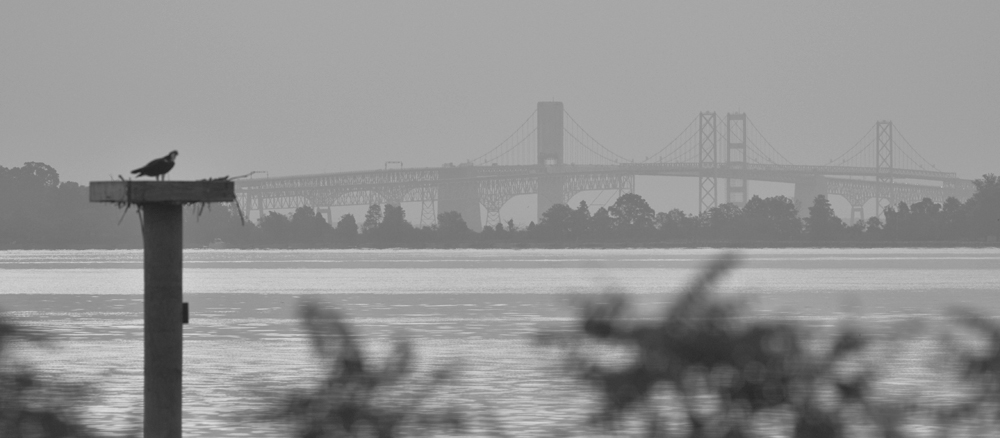“Stretching eight miles along Delaware Bay and covering 16,251 acres, Bombay Hook National Wildlife Refuge provides habitat for wildlife. Four-fifths of the refuge is tidal salt marsh with a mix of cordgrass meadows, mud flats, tidal pools, rivers, creeks, and tidal streams. The upland area includes forests, freshwater impoundments, brushy and timbered swamps, and fields of herbaceous plants.”
I’ve heard a lot about Bombay Hook, which has a large variety of habitat and bird life, so I printed out a map and took the nearly two hour trip this morning. While it wasn’t an overwhelming success, I got some good pictures and saw some wonderful scenery. I hear it’s a rough trip when the mosquitoes are out, but I’ll definitely schedule another trip.
My Birding Photos
My Favorite Bird Photos



























By my book it was a great visit. The pintails and mergansers are gorgeous